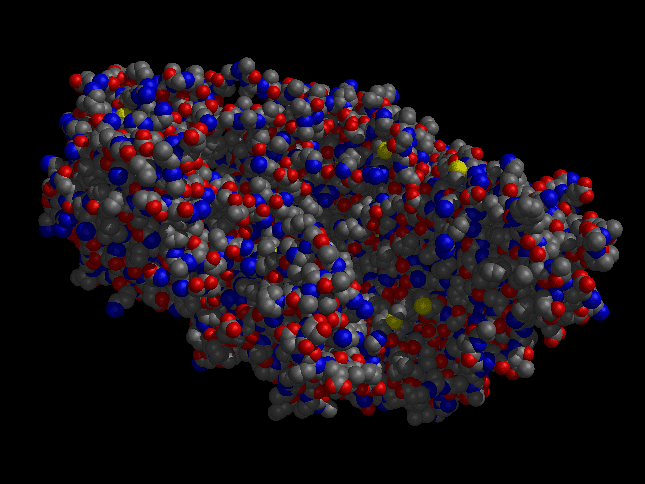|
HIV Treatment |
|
This web page was produced as an assignment for an undergraduate course at Davidson College |
| HIV Mutation |
| HIV is a deadly and dangerous virus for several reasons. Recent research using mathematical models predicts that the rate of virus production during active infection is approximately 10.3 x 109 virions per day. Additionaly, the infected cells have a life span that averages 2.2 days (Schwartz and Nair, 1999). Moreover, HIV reverse transcriptase has a high rate of mutation in the DNA copies. Consequently, these traits HIV produce a virus that is constantly changing and avoiding an effective adaptive immune response (<www.aegis.com/topics/basics/hivandaids.html>). |
| Reverse Transcriptase Inhibitors |
| Inhibitors of reverse transcriptase have been vital in the treatment of HIV. Reverse transcriptase inhibitors prevent viral reverse transcriptase from synthesizing and incorporating the viral RNA into the genomic DNA (<www.aegis.com/topics/basics/hivandaids.html>. Reverse transcriptase have been particularly effective because there is little interference with the synthesis of cellular DNA (Schwartz and Nair, 1999). | |
| Figure 12- This animation shows reverse transcriptase inhibiting the synthesis of viral RNA into DNA, thereby preventing the virus from incorporating HIV DNA into the healthy genome. Used with permission from Cells Alive <www.cellsalive.com>. |
| Perhaps the most popular reverse transcriptase inhibitor is ZDV (Retrovir), formerly known as AZT (Azido-thymidine). This drug is a thymidine analog and a natural precursor to DNA. Other popular reverse transcriptase inhibitors include didanosine (Videx), lamivudine (Epivir), stavudine (Zerit), and zacitabine (HIVID) (Carpenter et al., 1996). |
 |
Figure 13- A image from the protein data of HIV-1 reverse transcriptase <http://www.rcsb.org/pdb/>. |
| Protease Inhibitors |
| Protease inhibitors are another example of common antiretroviral drug therapy. As discussed previously, HIV uses the host cell to synthesize new HIV virions. Protease inhibitors block critical steps of post translational virion assembly which depend on proteolytic cleavage for activation (<www.aegis.com/topics/basics/hivandaids.html>). A common target of protease inhibitors is envelope protein gp160, which must be fragmented into gp120 and gp41 in order to produce functional HIV. The popular protease inhibitors include indinavir (Crixivan), ritonavir (Norvir), nelfinavir (viracept), and saquinavir (Fortovase and Invirase) (Schwartz and Nair, 1999). |
| Theory in Therapy |
| Treatment of HIV with monotherapy (one drug) in not effective due to the rapid mutation and proliferation of HIV (Schwartz and Nair, 1999). The most recent research in this field has suggested that multidrug therapy targeting HIV reverse transcriptase and proteases is the most effective treatment. However, taking a reverse transcriptase inhibitor and protease inhibitor does not ensure an immune recovery from HIV. The drugs for each category must be changed frequently in order to avoid HIV immunity to the drugs (Stine, 1999). |
| Home Page | Introduction | HIV Background and Structure |
| HIV Live Cycle | CD4 T Cells Role in HIV Infection | References |
|
This web site was created for an Immunology class. Please direct correspondence to jodickens@davidson.edu. Last Updated April 21, 2000 |
|